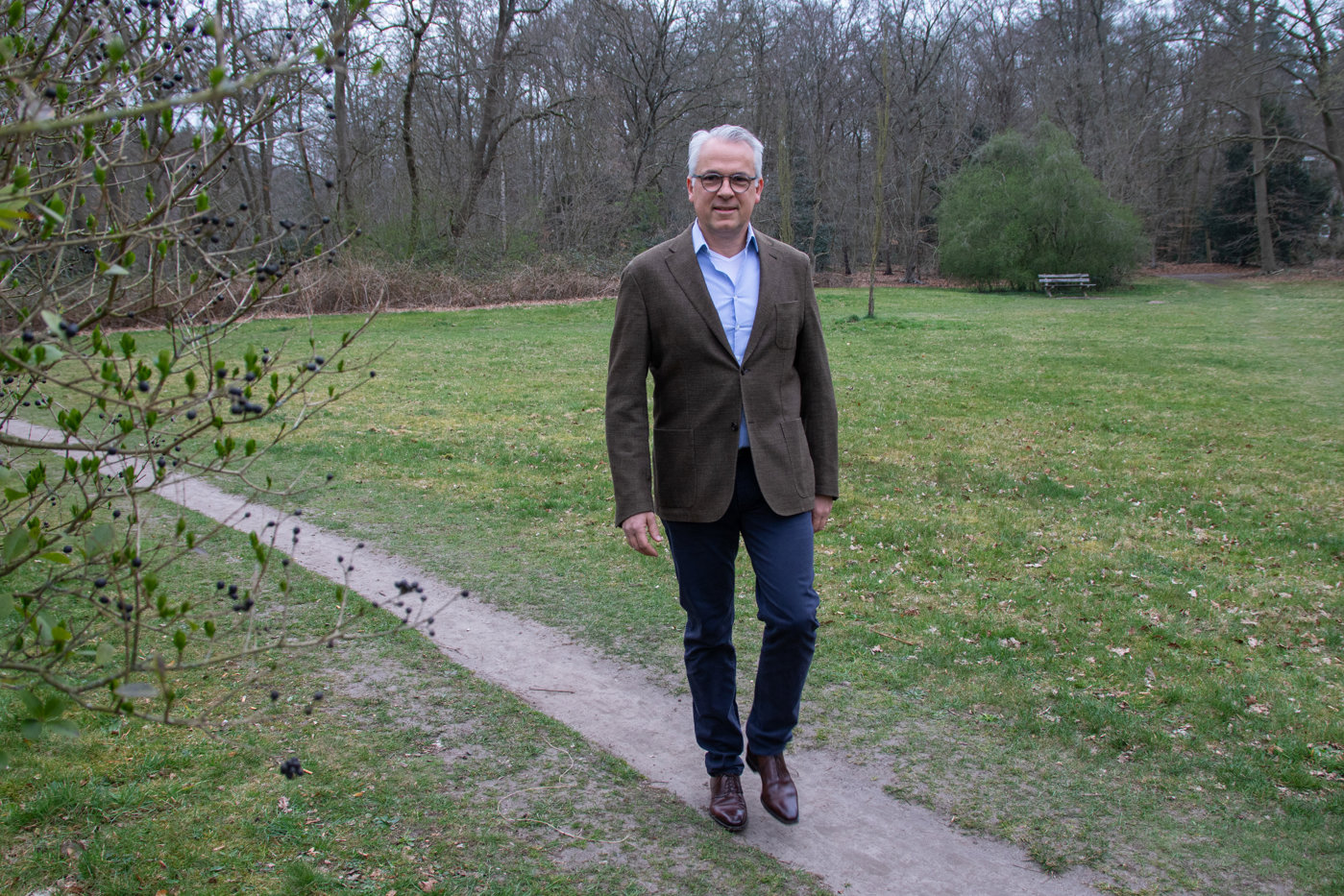Stichting Pensioenfonds Medisch Specialisten (the Medical Specialists Pension Fund Foundation) (SPMS) will be switching to the new pension rules as of January 1, 2027. Together with APG, the professional fund for medical specialists started preparations in a timely manner, in part because of the complexity of their scheme. “We feel comfortable.”
Zeist. In an office building on Sparrenheuvel, we meet Huisman. SPMS rents almost seven hundred square meters there. “We desperately need that space,” the fund’s chairman assures us. After all, SPMS works with a considerable team on the pensions of their participants every day, and in many cases provides customized services. “For example, we have a team of financial planners who provide participants with personal advice. This is essential because medical specialists can organize their work in various ways, ranging from a partnership/cooperative to a ZBC (private clinics and independent treatment centers, ed.) or as self-employed individuals. What does this mean for their financial position? For their retirement? But planners also look at the long term. What are you building up for the future in the first and second pillars? Many medical specialists also have a third and fourth pillar. How much capital do they need to be able to retire when they want to?”
Why is this advice so important?
“The financial side of our profession is complex, which is why that conversation also includes things that are not part of the pension plan, such as annuities, endowment insurance, and goodwill.”
Is this even a function of a fund?
“We think it is. Under the motto ‘Your retirement. Our specialty’, we want to provide added value and high-quality service to participants.”
At any price?
“Members pay contributions each month for a solid and fiscal maximum basic pension. But in addition to that basic pension, more is needed to maintain the level of prosperity. That is why SPMS offers independent financial insights so that participants can make their own choices about when they want to retire, or capital growth in the third pillar, for example. There may be some cost associated with this service, but we are also very cost-conscious.”
